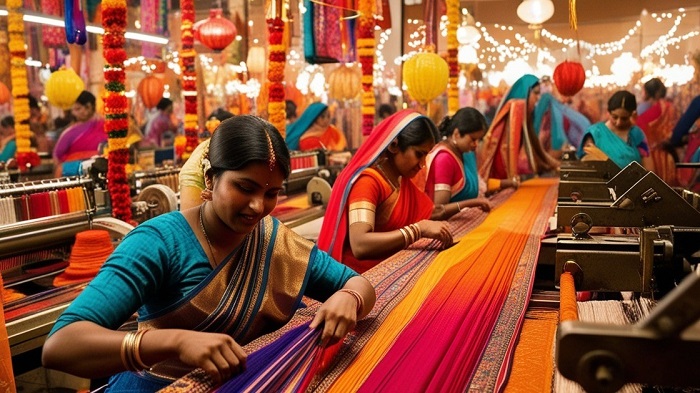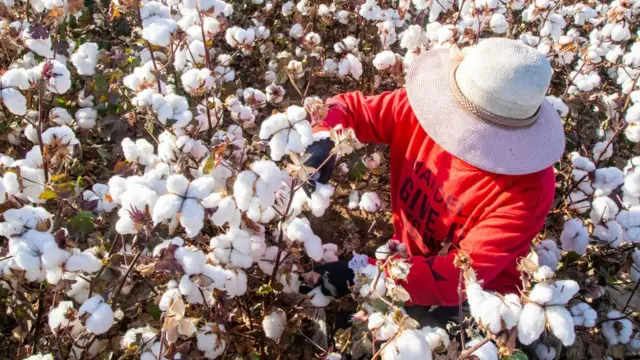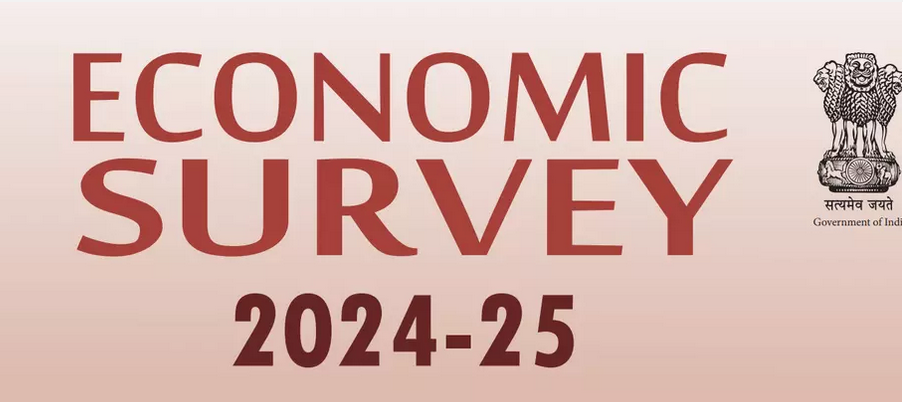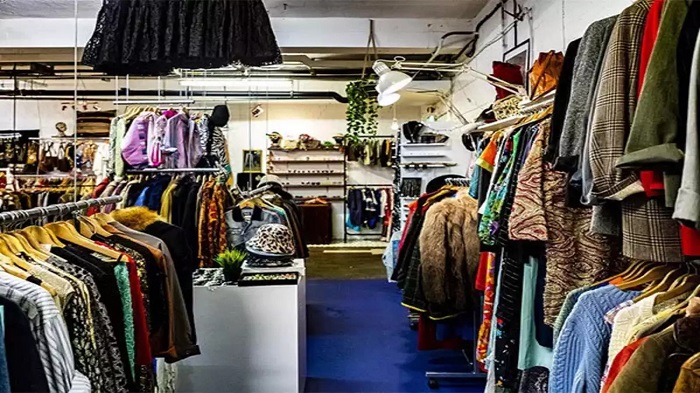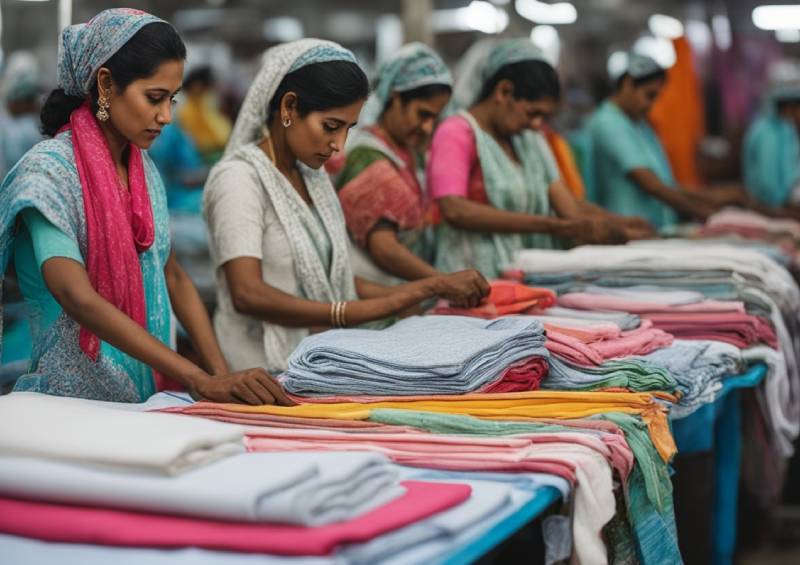In its assessment of the Indian textile sector, the Economic Survey highlights India's position as the sixth-largest global exporter of textiles and apparel (T&A). The survey outlines the sector's significant contributions to India's GDP, industrial production and overall exports. It also underscores the sector's role as a major employment generator, providing direct jobs to over 45 million people, including a large number of women and rural residents. The inclusive nature of the industry is further demonstrated by the fact that nearly 80 per cent of its capacity resides within Micro, Small and Medium Enterprise (MSME) clusters.
In 2023, India's textile exports reached $34 billion. Of this, the apparel exports constituted 42 per cent, followed by raw or semi-finished materials at 34 per cent and finished non-apparel goods at 30 per cent. As per the survey, Europe and the US accounted for about 66 per cent of India’s apparel exports, 58 per cent of finished non-apparel goods, and 12 per cent of raw/semi-finished materials. Other key export destinations include the UK (8 per cent) and the UAE (7 per cent) (UK, UAE). The survey notes the resilience of textile exports during the COVID-19 pandemic (COVID-19).
Further the Economic Survey suggests, government initiatives, such as the PM MITRA scheme (PM MITRA), which aims to establish world-class textile parks with plug-and-play infrastructure, will support integrated supply chains and attract foreign direct investment (FDI) into the sector. Recognizing the need for research and development (R&D) in MMF, the National Technical Textiles Mission (NTTM) has been allocated Rs 1,480 crore, with research as a core component. In 2024, 168 research projects were approved under the NTTM. To further encourage exports, the Scheme for Rebate of State and Central Taxes and Levies (ROSCTL) has been extended until March 31, 2026. Concluding on an optimistic note, the Economic Survey says, the Indian textile sector possesses several advantages that position it well for future growth.


